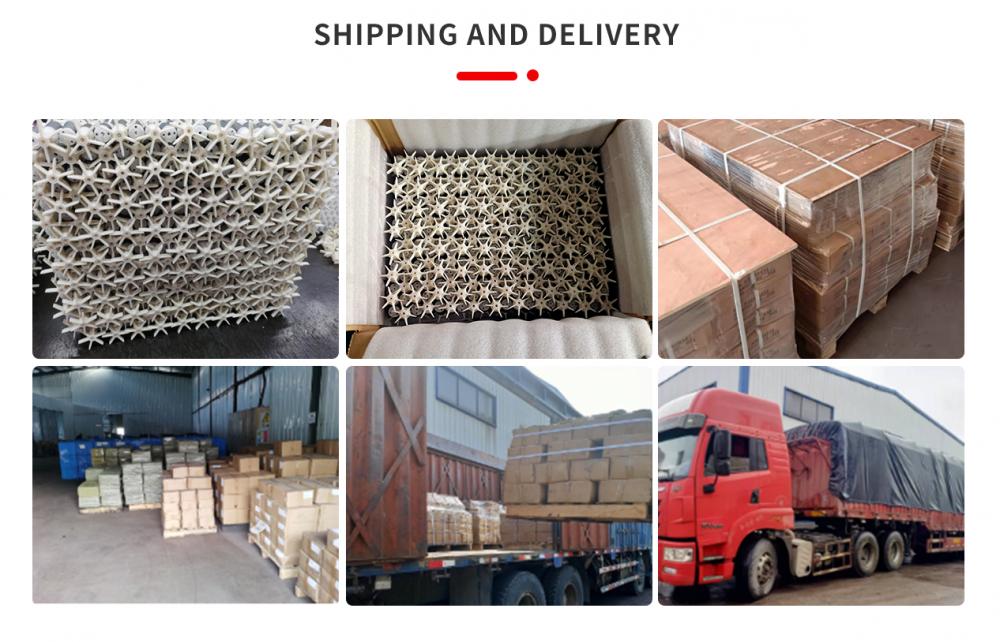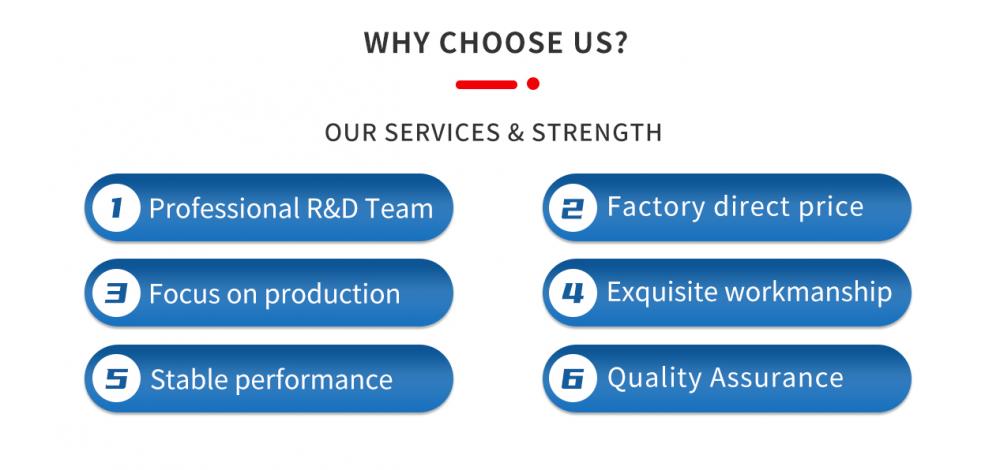



Payment Type:T/T
Incoterm:FOB,CFR,CIF,EXW,DDP
Min. Order:10000 Piece/Pieces
Transportation:Ocean,Land,Air,Express
Port:Guangzhou,Shanghai,Ningbo
$0.1-2 /Piece/Pieces
Model No.: YB-R
Brand: YB
Place Of Origin: China
Species: Permanent
Composition: Ferrite Magnet
Application: Industrial Magnet
Tolerance: ±1%
Processing Service: Bending, Welding, Decoiling, Cutting, Punching, Moulding
Grade: Y30BH
Size: multi size
Shape: injection cylinder with shaft
Sample: available
Packaging: carton packing, then in wood pallet
Productivity: 3 millions per month
Transportation: Ocean,Land,Air,Express
Place of Origin: China
Supply Ability: 3 millions per month
Certificate: ISO9001
HS Code: 85051900
Port: Guangzhou,Shanghai,Ningbo
Payment Type: T/T
Incoterm: FOB,CFR,CIF,EXW,DDP

Ferrite magnets, also known as ceramic magnets, are made of iron oxide and strontium or barium carbonate. They are relatively inexpensive and have a low magnetic strength, but they are resistant to corrosion and can withstand high temperatures. They are commonly used in motors, speakers, and refrigerator magnets.
production process of injection moulded Pump Magnet
1. Designing the mold: The first step is to design the mold that will be used to create the pump magnet. The design will typically include the shape, size, and features of the magnet, as well as any necessary cavities or channels for the injection molding process.
2. Preparing the materials: The materials used for injection molding typically include thermoplastics such as nylon, polycarbonate, or polypropylene. These materials are melted down and then injected into the mold.
3. Injection molding: The next step is to inject the melted plastic into the mold. This is typically done using a machine that applies pressure to the plastic and forces it into the mold.
4. Cooling: Once the plastic has been injected into the mold, it needs to cool and solidify. This is typically done by cooling the mold with water or air.
5. Ejecting the magnet: Once the plastic has cooled and solidified, the mold is opened and the pump magnet is ejected. This is typically done using a mechanical ejector system.
6. Finishing: The pump magnet may then undergo additional finishing processes, such as trimming or polishing, to achieve the desired final shape and surface finish.
7. Quality control: Finally, the pump magnet is inspected to ensure that it meets the required quality standards. This may involve visual inspection, dimensional measurement, or other testing methods.



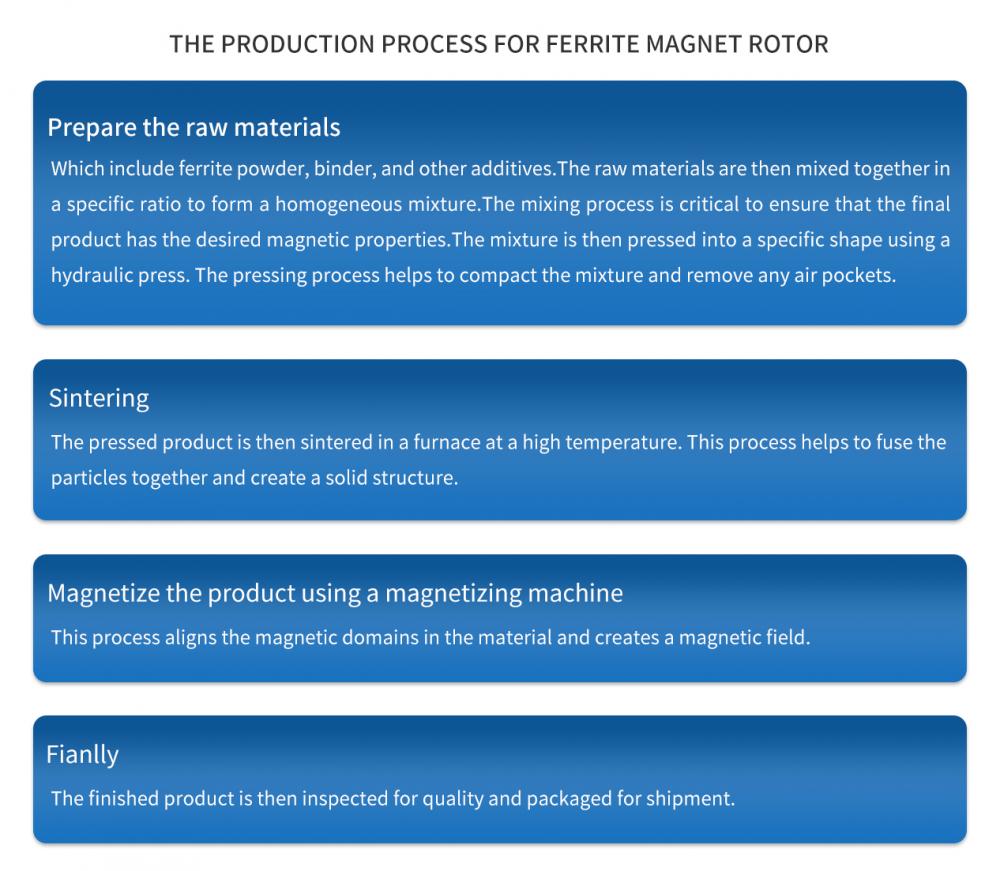

The material grade for ferrite Magnet Rotor

The available sizes for Anisotropic Ferrite Magnet
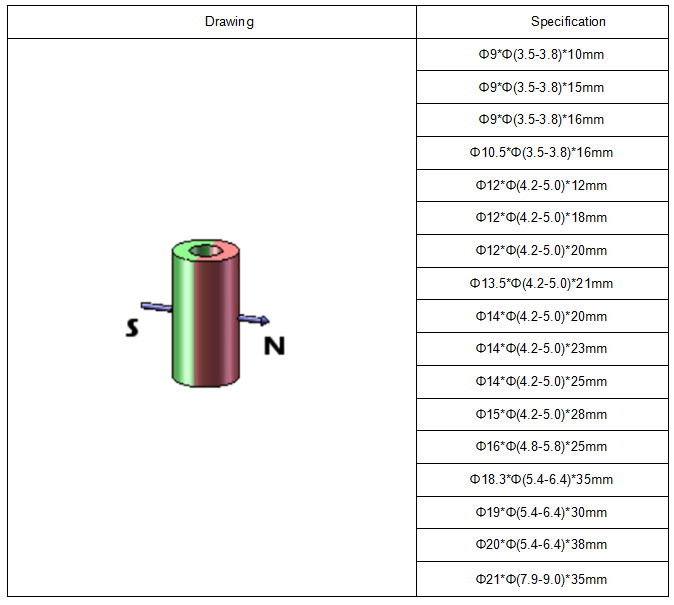
The artwork for Ferrite Magnet Rotor
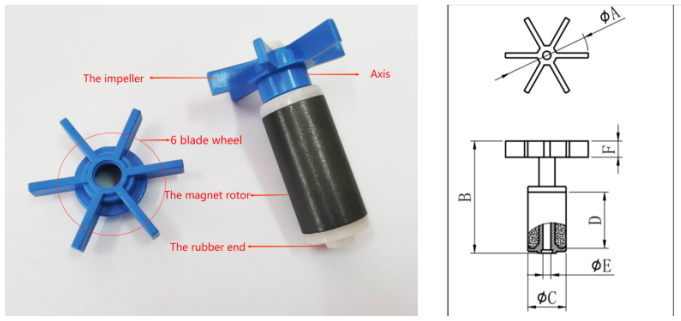
Ferrite Magnet Rotor made of Anisotropic Ferrite Magnet and Impeller


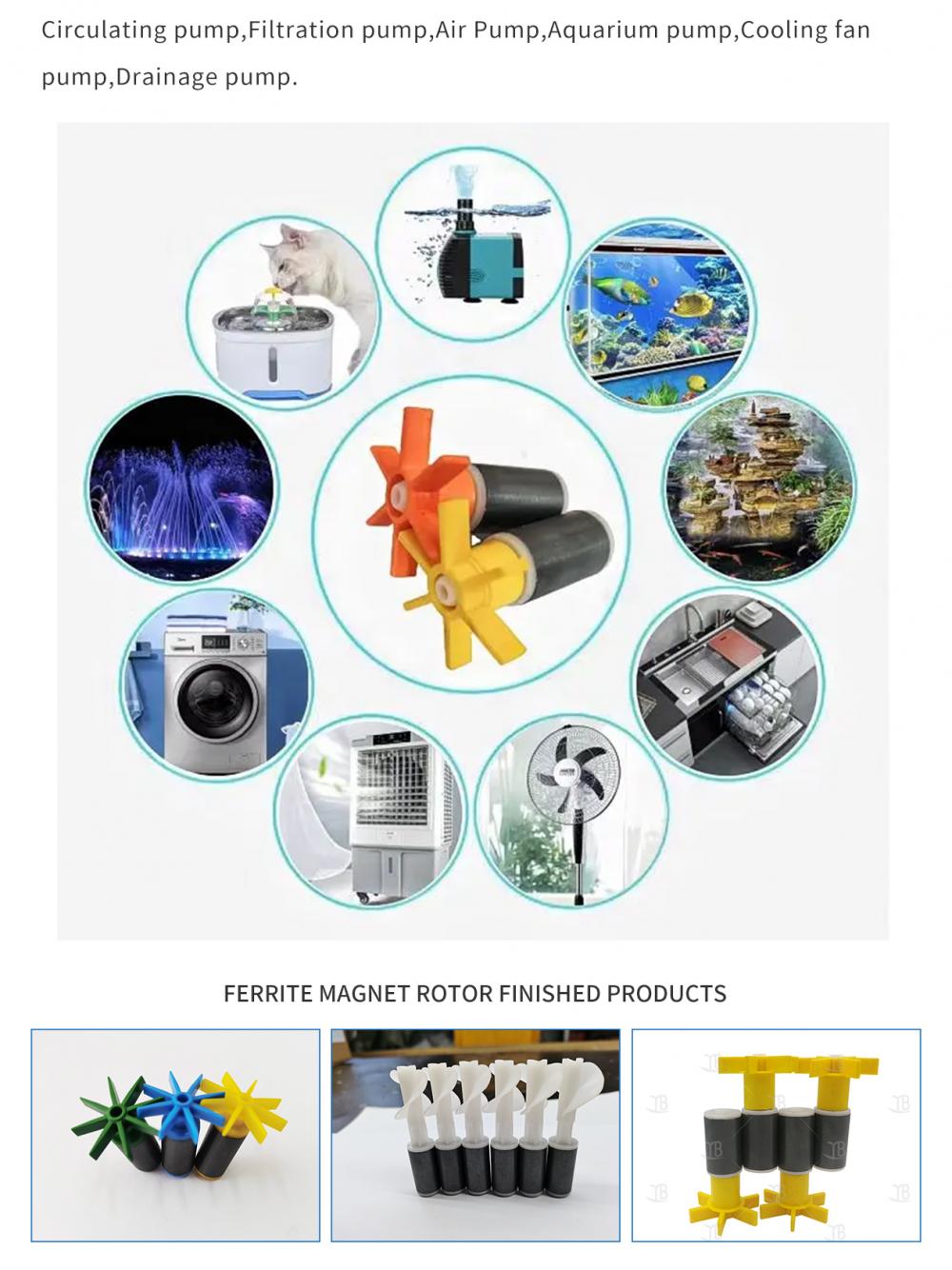


Overall, electric kilns are an essential tool for pottery and ceramics artists who want to create high-quality pieces. With the right equipment and techniques, artists can achieve beautiful and unique results that are sure to impress.

